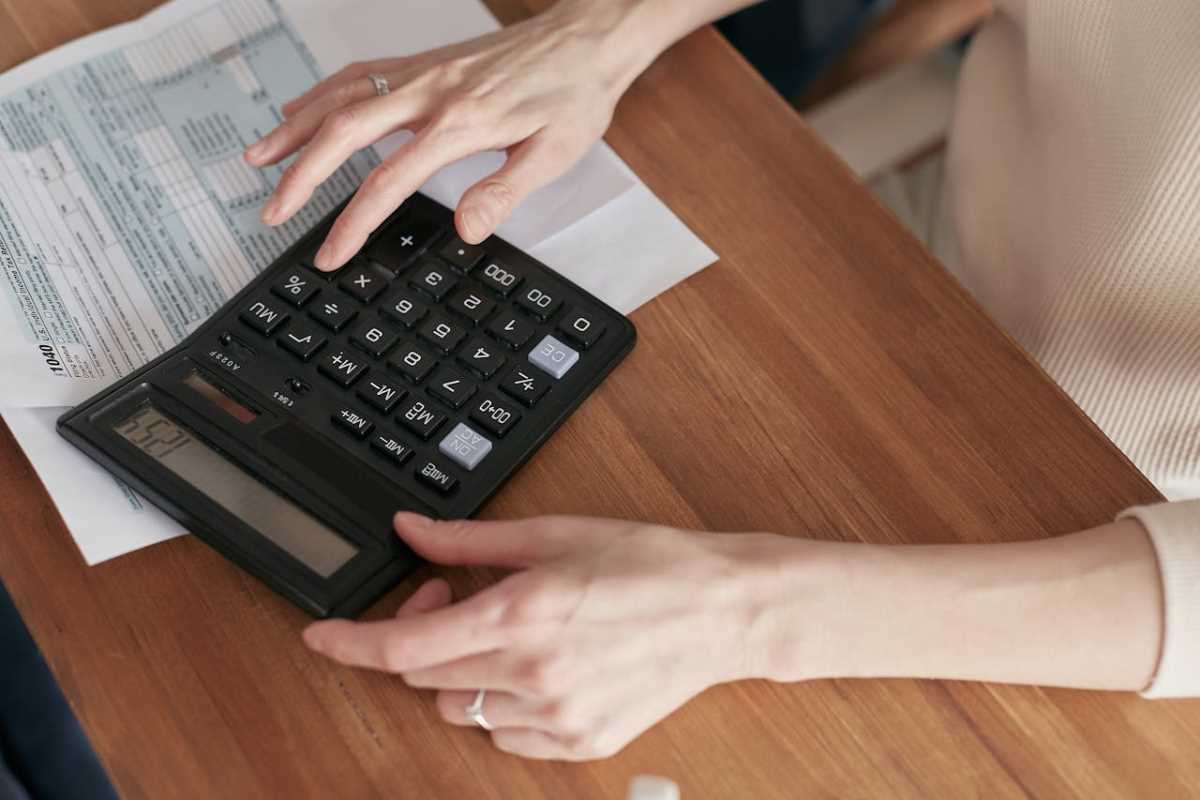For anyone stepping into the responsibilities of the adult world—whether you're a college student, starting your first job, or navigating life with your first child—it’s easy to feel overwhelmed by managing your finances. Much of the stress comes from simply not having a clear plan for where your money should go. That's where the envelope budget system shines. It’s a simple, powerful, and flexible method for taking control of your spending.
While you may have heard of the classic "cash-in-envelope" approach, there are now multiple ways to adapt this system to fit our increasingly digital lifestyles. Whether you prefer tangible tools or tech-forward alternatives, there’s a version for everyone.
What is the Envelope Budget System?
At its core, the envelope budget system is all about intentional spending. The original concept involves dividing your cash into physical envelopes, each labeled with a specific budget category, like rent, groceries, fun money, or savings. Once the cash in an envelope is gone, you can’t spend any more in that category until your next budget cycle. It’s like giving every dollar you earn a job so you always know where it’s going.
Simple, right? But there’s one hurdle that many young adults face today—it’s becoming less common to carry cash. Most transactions are moving digital, from paying rent online to using a debit card for groceries. Fortunately, you don’t need to rely solely on paper envelopes to make this system work for you. There are plenty of creative adaptations out there.
Traditional vs. Modern Variations of the Envelope Budget System
1. The Classic Cash-in-Envelope System
This is the method that started it all. It’s great for those who like a visual, tangible way to manage their money. Here’s how it works:
- Set Spending Categories: Identify the areas you spend money on regularly (e.g., rent, utilities, dining out, groceries).
- Withdraw Cash for the Month: Once you’ve determined how much money goes toward each category, withdraw it as cash and put the exact amount into a dedicated envelope.
- Spend Only What’s in the Envelope: When you need to pay for something, take money out of its category envelope. If there’s no more cash left, you’ll need to wait until your next budget reset.
The old-school approach works best for people who are visual learners or need extra accountability. Seeing your spending money physically shrink might just stop you from an impulse purchase.
2. Digital Envelope Budgeting Apps
For anyone who’s more comfortable with tech than paper envelopes, digital alternatives are a game-changer. Apps like Goodbudget, YNAB (You Need a Budget), and Mvelopes bring the envelope concept onto your phone or computer. Here’s why they’re awesome:
- Virtual Envelopes: These apps allow you to create “envelopes” for different categories and allocate money to each one digitally. Spending is then tracked automatically every time you swipe your debit or credit card.
- Real-Time Tracking: Unlike cash envelopes, digital apps update in real time. This makes them particularly appealing to those who share finances with a partner or want an at-a-glance view of how much is left in each category.
- Automation Features: Many of these apps connect directly to your bank account, so you don’t have to manually track spending. You set it and forget it—with some occasional check-ins to make adjustments.
With apps, you can take the principles of the envelope budget system with you wherever you go. For someone who doesn’t handle much cash or prefers automation, this might be your ideal solution.
Set reminders to check your app weekly to make sure you're staying within limits. It’s like giving yourself a mini money check-up!
3. The Hybrid Method: Combining Cash and Digital
For those who like the straightforwardness of physical cash but also want the flexibility of digital tools, the hybrid method blends the two. With this variation, you can:
- Use cash envelopes for categories like fun, dining out, or personal spending where you’re most tempted to overspend.
- Use a digital app or even a spreadsheet for fixed expenses like rent, utilities, and subscriptions.
This method offers the best of both worlds. It allows you the accountability of cash envelopes without requiring you to completely overhaul how your bills are handled.
4. Prepaid Debit Cards as Virtual Envelopes
If you enjoy digital transactions but don’t want to track multiple categories manually, using prepaid debit cards can simplify everything. Here’s an approach:
- Get several prepaid debit cards and load each one exclusively with funds for specific spending categories (such as groceries, dining, or entertainment).
- Label each card to match its assigned category.
These pseudo-envelopes are perfect for categories where you need fixed boundaries. For instance, if you’ve loaded $200 onto your entertainment card for the month, you’ll know exactly when you’ve hit your limit.
5. The 50/30/20 Rule Within an Envelope System
Another way to modernize the envelope budget system is to integrate it with popular budgeting frameworks like the 50/30/20 rule:
- 50% for Necessities: Combine your rent, utilities, and grocery categories into one “envelope” or budget group to simplify tracking these essentials.
- 30% for Wants: Allocate funds for fun, dining, and discretionary shopping. This portion can be further divided into envelopes or categories in an app.
- 20% for Savings or Debt Repayment: Set aside amounts in physical envelopes labeled for goals like “Emergency Fund” or “Credit Card Payoff.”
This framework provides clear guidance on how to split your income, so you have a big-picture view of your finances while still keeping spending manageable.
Why the Envelope System Works for Young Adults
Regardless of which variation you choose, envelope budgeting is an excellent tool for anyone learning to manage money. Here are some key benefits for people in this stage of life:
- Encourages Discipline: It forces you to think before spending, which is especially helpful if you’re dealing with limited resources.
- Promotes Flexibility: Whether you’re saving for big goals like a new apartment or managing the unpredictable costs of having a young child, variations of this system can be customized to suit your circumstances.
- Builds Savings Habits: By assigning specific envelopes (or digital categories) to savings goals, you’re training yourself to set money aside proactively.
- Helps Limit Impulse Spending: Whether you’re using a physical envelope or a labeled card, seeing an exact amount for “Fun Money” can stop you from mindlessly overspending at the checkout line.
Tips for Sticking With It
- Start Small: Focus on 2–3 budget categories first to keep things manageable before expanding.
- Review Weekly: Set a regular day to review how much is left in each envelope and evaluate if adjustments are needed.
- Reward Yourself: Celebrate when you stick to your limits! Whether it’s an inexpensive treat or extra fun money next month, building positive reinforcement helps make the habit stick.
- Be Flexible: Occasionally, one category may need more funds than you anticipated. It’s okay to borrow from other envelopes if you adjust responsibly.
The envelope budget system isn’t one-size-fits-all—but that’s the beauty of it. Whether you stick to the classic approach, leverage the power of tech, or mix and match, there’s a version out there that will work for your unique lifestyle.
 (Image via
(Image via





